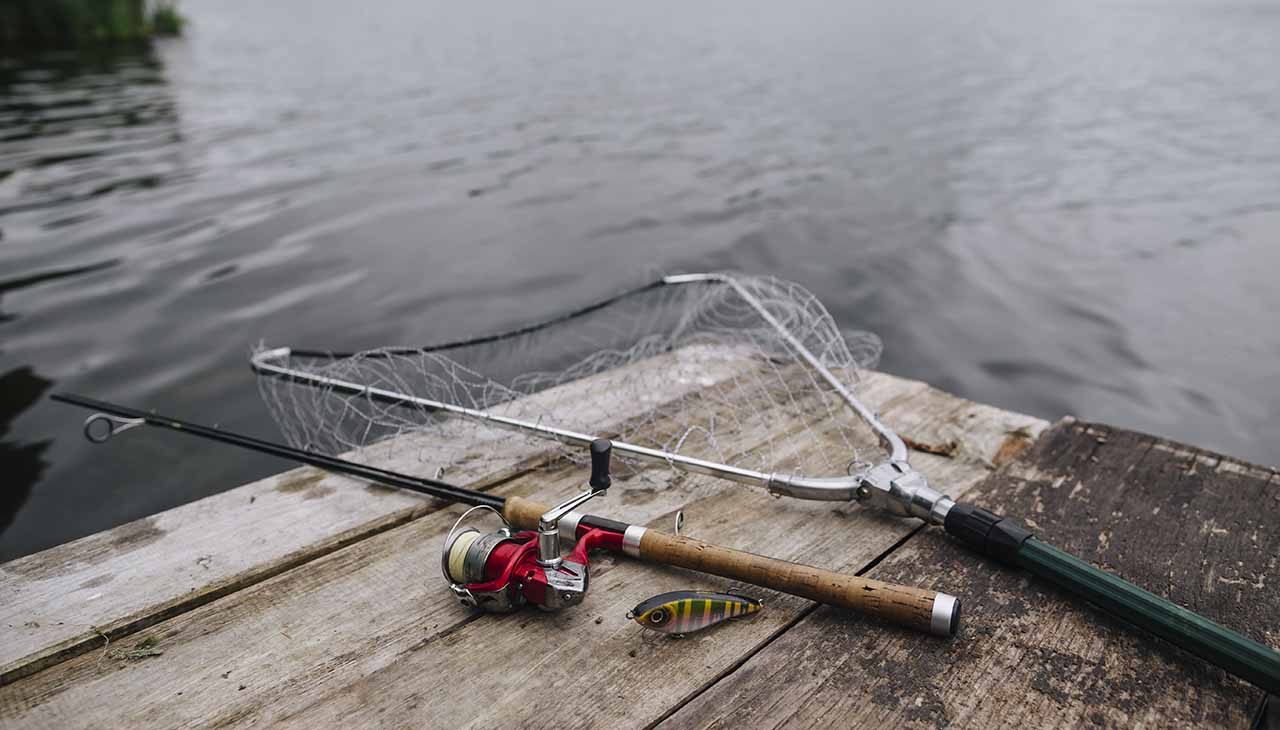Welcome to “The Ultimate Guide to Freshwater Fishing,” your comprehensive resource for mastering the art and science of catching fish in freshwater environments. Whether you’re a seasoned angler looking to refine your techniques or a beginner eager to make your first catch, this guide will provide you with valuable insights, tips, and strategies to enhance your fishing experience. From understanding the basics of rod, reel, and bait selection to exploring the most effective fishing techniques for different species, this guide covers it all. We’ll also introduce you to some of the top freshwater fishing locations around the world, where the waters are teeming with diverse and abundant aquatic life. Get ready to cast your line into the world of freshwater fishing and reel in not just fish, but unforgettable moments and adventures.
Techniques for Freshwater Fishing
Casting Techniques
Mastering the art of casting is essential for successful freshwater fishing. Proper casting technique ensures your lure or bait reaches the intended spot, increasing your chances of attracting fish. Start with the basics, such as the overhead cast for distance and accuracy, then progress to more advanced techniques like the sidearm cast to avoid obstacles and the roll cast for fly fishing, which is particularly useful in tight spaces where an overhead cast isn’t possible.
Lure Selection and Presentation
The right lure can make all the difference in your fishing success. Selecting a lure depends on various factors, including the type of fish you’re targeting, water conditions, and time of day. Soft baits like plastic worms are versatile and effective for a variety of species, while spinners, crankbaits, and jigs each have their own specific applications. Presentation is key; your lure should mimic the natural behavior of the prey to entice your target fish. Experiment with different retrieval speeds and patterns to find what works best in your fishing spot.
Bait Fishing Methods
Live bait fishing is a tried-and-true method for freshwater angling, appealing directly to the fish’s instinct to feed. Common baits include worms, minnows, leeches, and crickets. The key is to present the bait in a way that looks natural to the fish, using the appropriate hook size and type. Bobbers or floaters can be used to suspend the bait at a specific depth, while weights help sink your bait to the bottom where some species are more likely to be found.
Fly Fishing Basics
Fly fishing is a distinct and skillful method of fishing that uses artificial flies as bait, which are designed to imitate the look and movement of an insect or other fish prey. It requires a special kind of rod and reel and is best suited for targeting species like trout and salmon. Learning the basic casting technique, known as the forward cast, is fundamental, involving a rhythmic flicking motion to propel the fly to the desired spot. Understanding insect hatches and seasons is crucial for fly selection, as different patterns are more effective at different times of year.
Tips for Successful Freshwater Fishing
Understanding Fish Behavior
A successful angler knows that understanding fish behavior is critical to consistently making catches. Fish behaviors can vary widely between species and are influenced by factors such as weather, time of year, and habitat. For instance, bass tend to be more active and feed aggressively in warmer water, while trout prefer colder, oxygen-rich environments. Paying attention to these preferences and adjusting your fishing strategy accordingly can greatly increase your success rate.
Weather and Seasonal Considerations
Weather and seasons play significant roles in freshwater fishing. Fish are cold-blooded animals, making them highly sensitive to changes in water temperature. During the warmer months, early morning or late evening when the sun is less intense are the best times to fish since most species are more active during cooler temperatures. Conversely, winter fishing requires targeting deeper waters where fish retreat to escape the cold surface temperatures. Also, consider the impact of rain, which can affect water clarity and fish behavior.
Equipment Maintenance Tips
Maintaining your fishing equipment is essential for ensuring its longevity and reliability when you need it most. Regularly clean and lubricate your reels to prevent rust and corrosion. Check your fishing lines for nicks and wear, replacing them as necessary to avoid unexpected breakages during a catch. Hooks should be kept sharp for effective penetration. Storing your gear properly when not in use will also protect it from the elements and accidental damage.
Conservation and Ethical Angling Practices
Conservation is at the heart of responsible and sustainable fishing. Practicing catch and release, when done correctly, helps maintain fish populations and supports ecological balance. Be aware of and adhere to local fishing regulations, including size and bag limits. Handle fish with care, using wet hands to prevent removing their protective slime coating. Reducing tackle loss and littering preserves natural habitats and protects wildlife. By practicing ethical angling, we can ensure that freshwater fishing remains an enjoyable and rewarding activity for future generations.
Top Locations for Freshwater Fishing
Exploring the vast and serene expanse of lakes can lead to some of the most memorable freshwater fishing experiences. Lakes such as Lake Baikal in Russia, North America’s Great Lakes, and Lake Victoria in Africa offer an unparalleled diversity of fish species, including bass, pike, and trout. For those who prefer the dynamic flow of rivers and streams, spots like the Amazon River, the Missouri River in the United States, and the streams of New Zealand’s South Island are teeming with opportunities to catch salmon, catfish, and many other species. Reservoirs and ponds, often stocked with fish to promote recreational fishing, provide accessible fishing locales with the chance to land bass, crappie, and bluegill. Hidden gems for freshwater angling can be found in less frequented spots such as the quiet streams of the Appalachian Mountains or the remote lakes of Canada’s Yukon Territory, offering peaceful environments and the thrill of discovering secluded fishing heavens.

